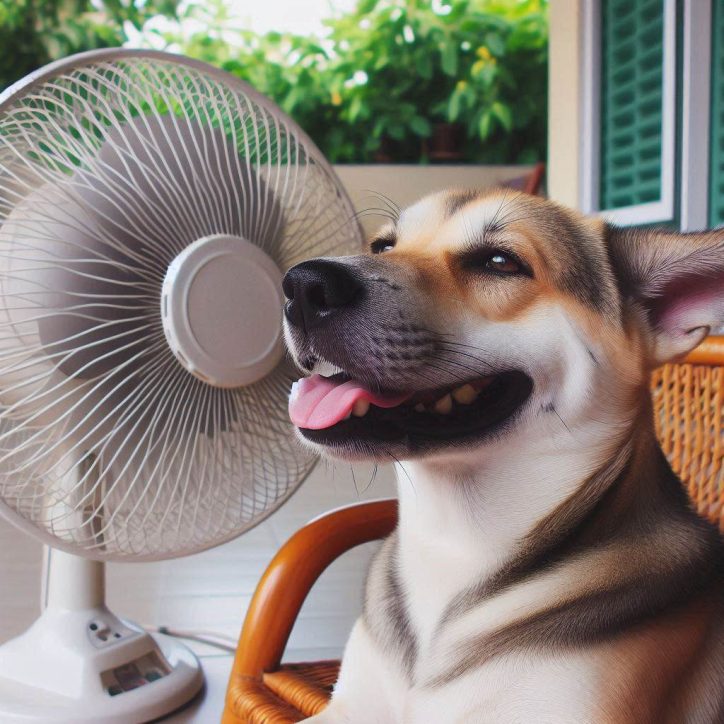How to Keep Pets Safe From Drainage Hazards at Home

Every year, thousands of household pets are injured because of hidden dangers right beneath our feet. Open drains, damaged pipes, and unsecured manholes can quickly turn into traps for curious cats and adventurous dogs. While most pet owners focus on fencing yards or locking gates, few realize that drainage systems can be just as hazardous. These unseen risks can lead to accidents, injuries, or even loss of a beloved pet.
That is where regular inspection and maintenance services like sewage relining (relinen) play a vital role. Proper drain care not only prevents property damage but also safeguards pets that love to dig or explore. Whether you live in a city apartment or a suburban home, keeping an eye on your drainage system is a key step toward a safe and pet-friendly environment.
Curiosity keeps our pets lively, but it is our job to make sure it does not lead them underground.
Why Drains Pose Real Dangers to Pets
Drains may look harmless from the surface, but for animals, they can be magnets of curiosity. Pets are naturally drawn to smells, sounds, and moving water. A cracked or open drain cover might tempt a cat to peek inside or invite a dog to dig deeper. Once inside, animals can become trapped, disoriented, or even injured by sharp metal edges or contaminated water. Smaller pets like kittens or puppies are particularly vulnerable, as they can easily slip through small openings.
Even if your pet does not fall in, exposure to drain water poses another health risk. Wastewater and residue can contain bacteria and chemicals that may cause infections or poisoning. Many veterinarians report cases of stomach illnesses linked to pets licking or drinking from outdoor drains.
Warning Signs of Drainage Problems
Knowing what to look for can save your pet from danger before it happens. Homeowners should regularly inspect outdoor areas and pay attention to the following signs:
- Loose or missing drain covers near walkways or gardens.
- Wet or muddy patches that do not dry even after sunny days.
- Strange odors that may indicate a clog or leak.
- Visible cracks or corrosion around drainage pipes.
- Increased insect or rodent activity near drain openings.
When these signs appear, quick action is essential. Many homeowners underestimate the problem, thinking it is a minor inconvenience. But a damaged drain can escalate quickly, leading to structural issues, flooding, and potential harm to both people and pets.
How Professional Drain Inspections Help
Pet safety often starts with prevention, and prevention begins with inspection. Expert services like relinen use advanced technology to detect hidden damage in pipes and drains. Camera inspections, for instance, allow technicians to spot cracks, roots, or blockages before they cause major issues. These assessments help ensure that drainage systems are fully sealed and safe for pets who might wander nearby.
Routine inspections are especially important after heavy rain or home renovations. Flooding can loosen drain covers, and construction debris might cause partial blockages. Regular checks can identify and fix such problems early, ensuring that both your plumbing and your pets stay secure.
Simple Steps Every Pet Owner Can Take
You do not need to be a plumbing expert to keep your pets safe from drainage hazards. A few proactive steps can make a big difference:
- Always check yard drains after storms or cleaning work.
- Replace damaged or rusted drain covers immediately.
- Supervise pets when they play outdoors, especially near garden or driveway drains.
- Train dogs to avoid certain areas or use barriers to block access.
- Schedule annual drain inspections to catch early signs of wear.
Creating a safe play area can also minimize risks. Setting up designated zones with solid ground, clean grass, and no drain openings helps prevent curiosity from turning into danger.
Stories That Remind Us to Stay Vigilant
It only takes a second for an accident to happen. Pet rescue teams often share cases of cats stuck in sewer lines or dogs trapped in open drains. These incidents highlight why homeowners should never overlook what lies below the surface. “Drains are often forgotten until they fail,” says a local rescue volunteer. “By then, it’s too late for the pets who get caught.”
Read out guide on Stay Updated on Pet Trends: The Best Curated Links for Animal Lovers for more stories on pet care and pet safety.
Final Thoughts: A Safe Home Starts Underground
Protecting pets is about more than just fences and leashes. It is about ensuring every corner of your home, including what lies underground, is secure. By staying alert, performing regular checks, and relying on trusted services like sewage relining, you can prevent hidden hazards from becoming tragedies. Pet safety and home maintenance go hand in hand. When your drains are sound, your pets stay safe, and your peace of mind remains intact.


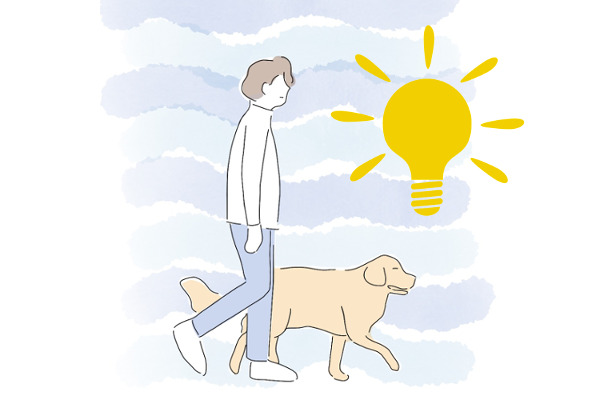
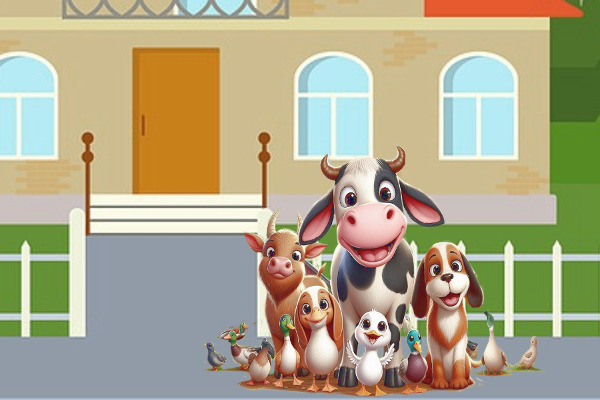

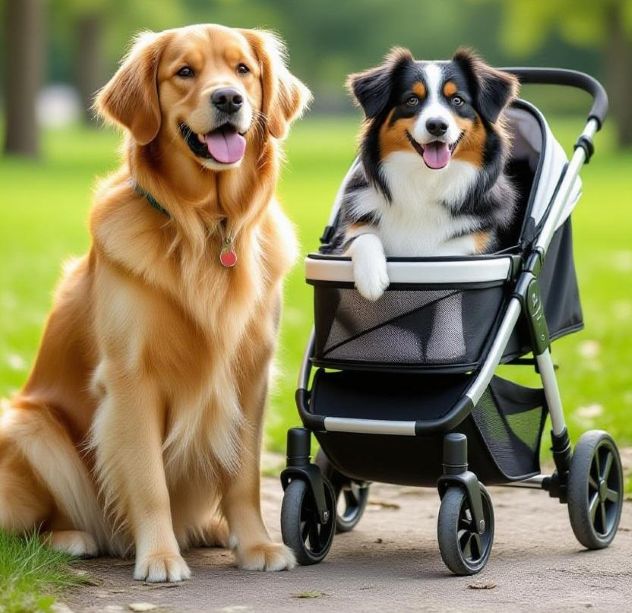

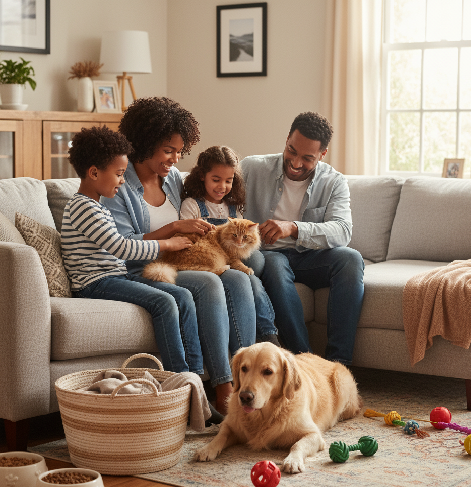


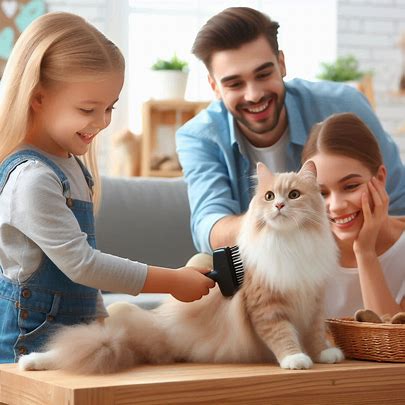 More than 66% of American households have at least one pet, and these furry family members do more than fill homes with love — they offer a powerful way for families to bond. From walking the dog together to feeding the cat or cleaning the fish tank, pet care brings structure, shared responsibilities, and daily moments of connection that deepen relationships.
More than 66% of American households have at least one pet, and these furry family members do more than fill homes with love — they offer a powerful way for families to bond. From walking the dog together to feeding the cat or cleaning the fish tank, pet care brings structure, shared responsibilities, and daily moments of connection that deepen relationships.


